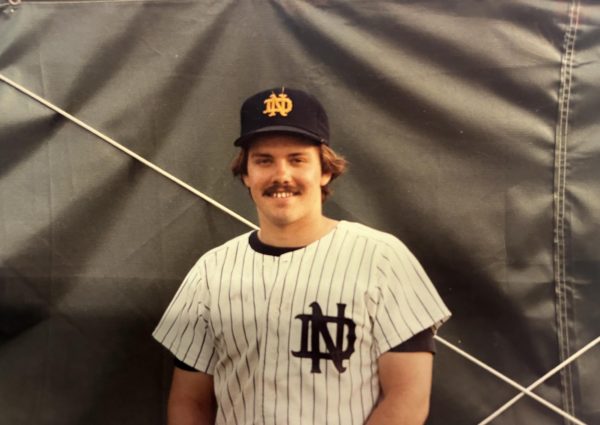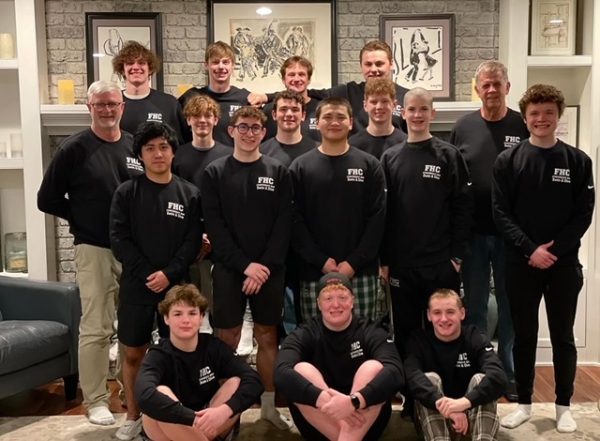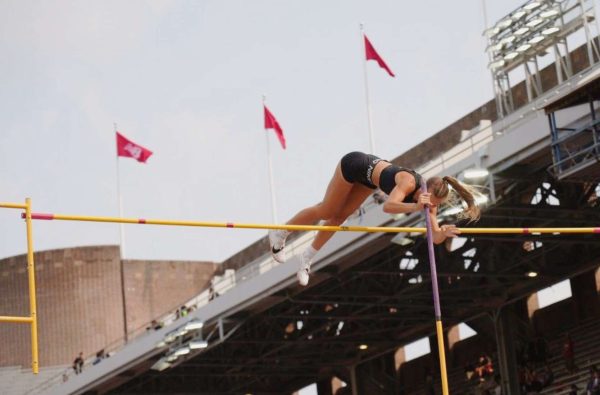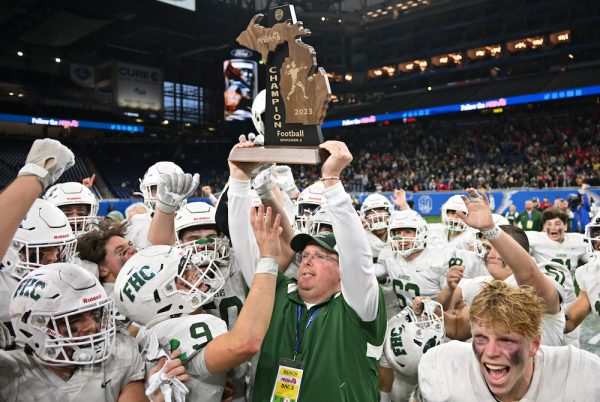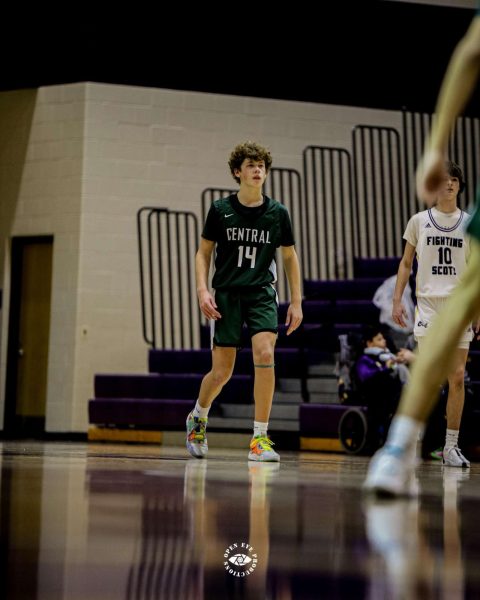The NFL: The mystery of its medics and injuries
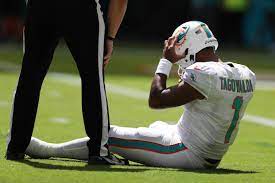
Football is something many people rally around as well as find enjoyment in. Cheering for your favorite teams and players is an exhilarating experience, and the game holds a special place in the hearts of many. The atmosphere of collegiate and NFL games is unmatched, and it is inarguably the most well-known sport in America.
In all its glory, the NFL has long been the most famed athletic league of all time. It’s home to some of the best football accommodations across the nation, such as players, coaches, facilities, and more. Their games are highly televised and anticipated, and the organization is undoubtedly the highest profitable sports association in history.
However, as with many things, there is a darker side to the NFL. It remains not widely talked about or recognized, sadly, but the truth is the physical and mental health of the players is at terrible risk everyday.
Essentially, football is the most violent sport you can play. The repetitiveness of the powerful hits to the head and body combined with the mental pressures of the game can easily harm anyone, if not ruin them. Throughout the long-standing history of the NFL, there have been countless numbers of players that the sport has laid waste to, mentally and physically. There are many traumatic injuries players could potentially accumulate, such as chronic traumatic encephalopathy (CTE,) concussions, and various others. The examples of athletes that have been greatly harmed by football are endless, but there are a few that stand out.
You may have heard of the name Philip Adams. He played for six teams over six years and fell victim to an awful thing: CTE. CTE is extremely common among football players. It’s a degenerative brain condition mainly caused by repeated blows to the head that sometimes lead to concussions. After playing for six seasons between 2010 and 2015, he began to display concerning symptoms such as personal hygiene neglect, an ever-escalating temper, heightened levels of anxiety, and more. These are all indicators of CTE. As ESPN notes, “Adams’ sister told USA Today that her brother’s “mental health degraded fast and terribly bad” in recent years and that the family noticed “extremely concerning” signs of mental illness from him.” CTE quite clearly caused him much suffering, but what is even more appalling was that on April 7, 2021, he shot and killed six people. The day after, he killed himself.
Evidently, his mental state was in tatters due to the sport he endured for six years, or rather, due to the detrimental conditions that come along with football. This led to Adams and six others dying, and there are many more examples of former football players’ lives being ravaged by CTE.
More recently, the Miami Dolphins have also had a player fall victim to a head injury. Tua Tagovailoa, quarterback, suffered two serious head injuries both on September 25 and 29. On the earlier of the two dates, Tagovailoa fell backward from a shove by linebacker Matt Milano. The back of his head bounced off of the turf resulting in him falling down when he attempted to stand. The clip of the incident is quite concerning, and it should have been plain to see that Tagovailoa should have been benched for the remainder of the game. Yet, he was put back in at halftime. Only four days after, versus the Bears, he again suffered more head trauma. Knocked down after passing the ball, he fell backwards and his head was victim to another alarming impact. This time, the consequences were more grave. His hands showed tell-tale signs of serious brain impact, he lost consciousness, and he had to be stretchered off the field. The close time proximity of these two injuries is dangerous, and there is no doubt it will cast long-term effects on his remaining football career.
Players upon players upon players end up badly impaired due to the roughness of football. That’s certainly a truthful statement, but what if situations such as those previously commented on were more preventable? What if we could shift some of our blame to not just the sport but to the NFL and its medical staff?
Once again, as it is typical with large organizations, it comes back to profits. More players out means less profit. More players on the field instead of off it means more dollars made. That incentive drives most corporations and companies in our day-to-day lives, even when it unfortunately comes to the health and safety of individuals. It’s quite evident that continuing to allow Tagovailoa to play and not providing Adams with the necessary help he needed were grave mishaps, and situations like those will most likely continue to occur if the NFL doesn’t begin to acknowledge the danger that each player faces every time he steps on the field.

Lily is a senior entering her second year on the FHC Sports Report staff, this year as Editor-in-Chief. She plays varsity tennis, is involved with the...



